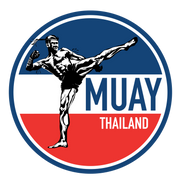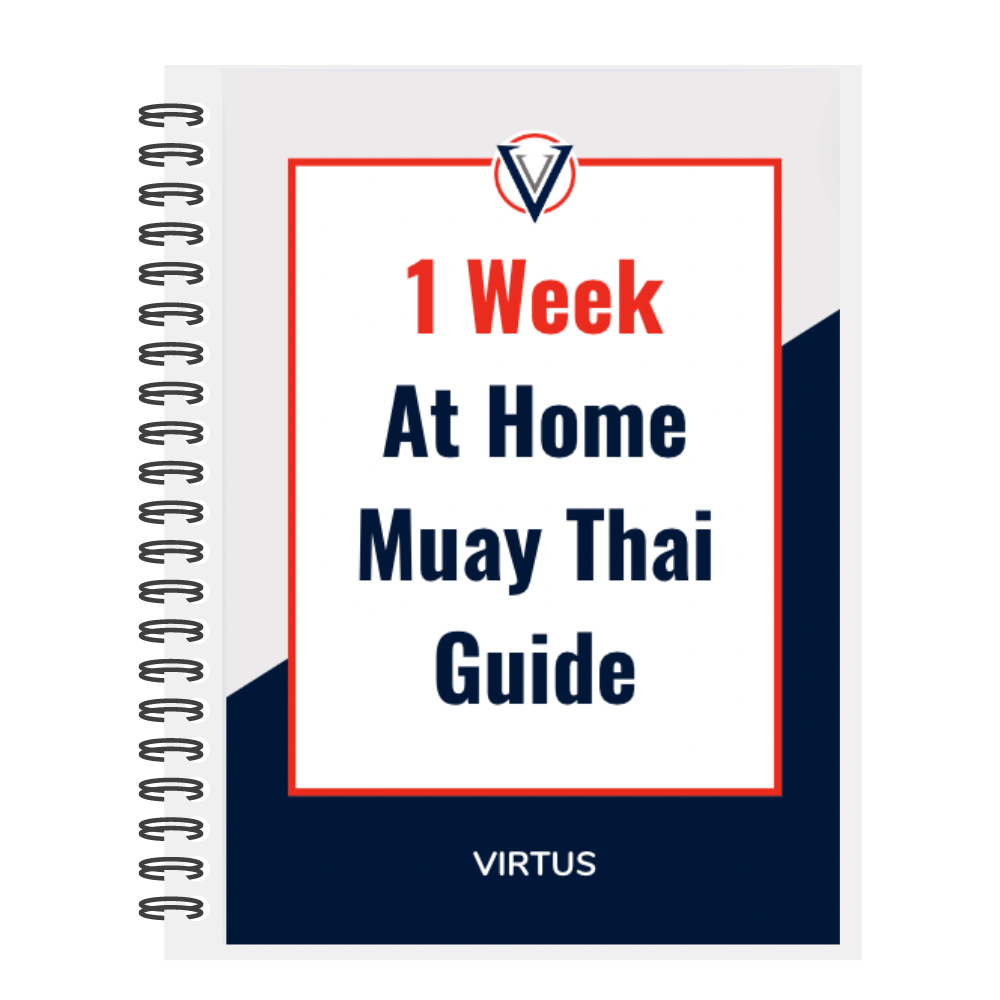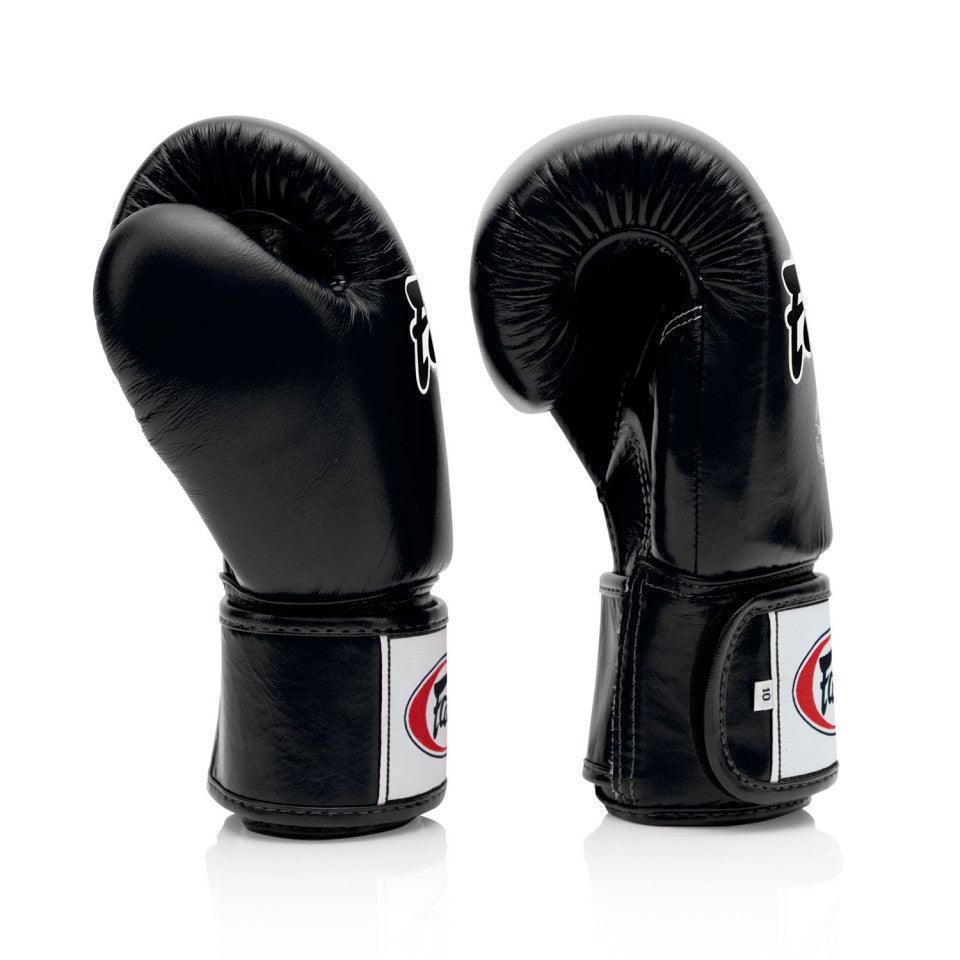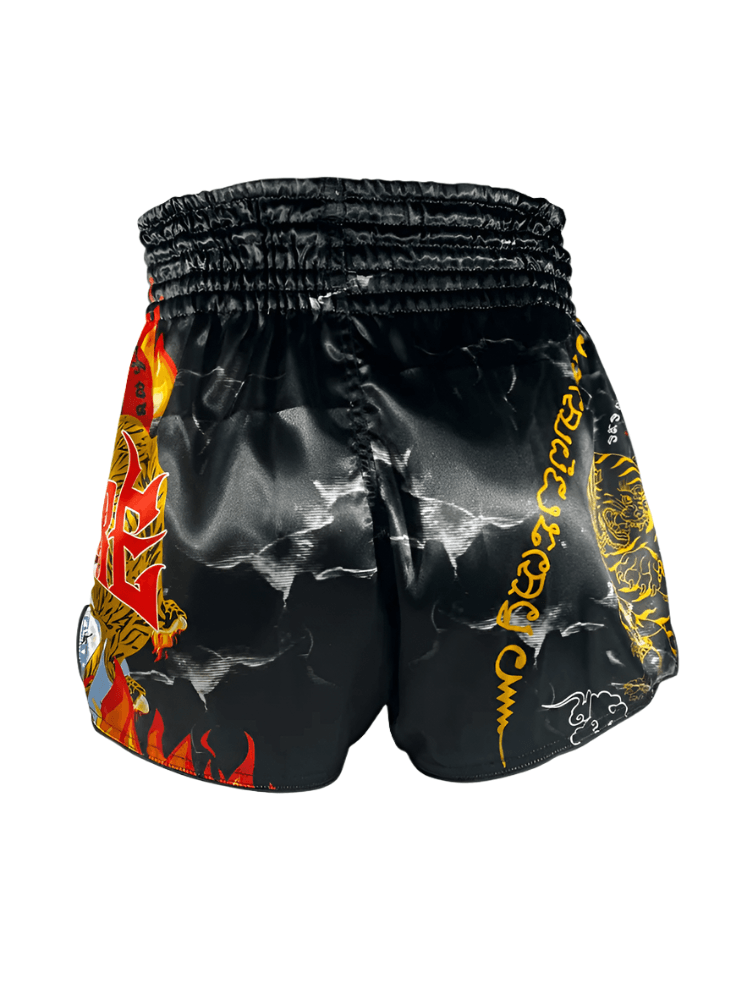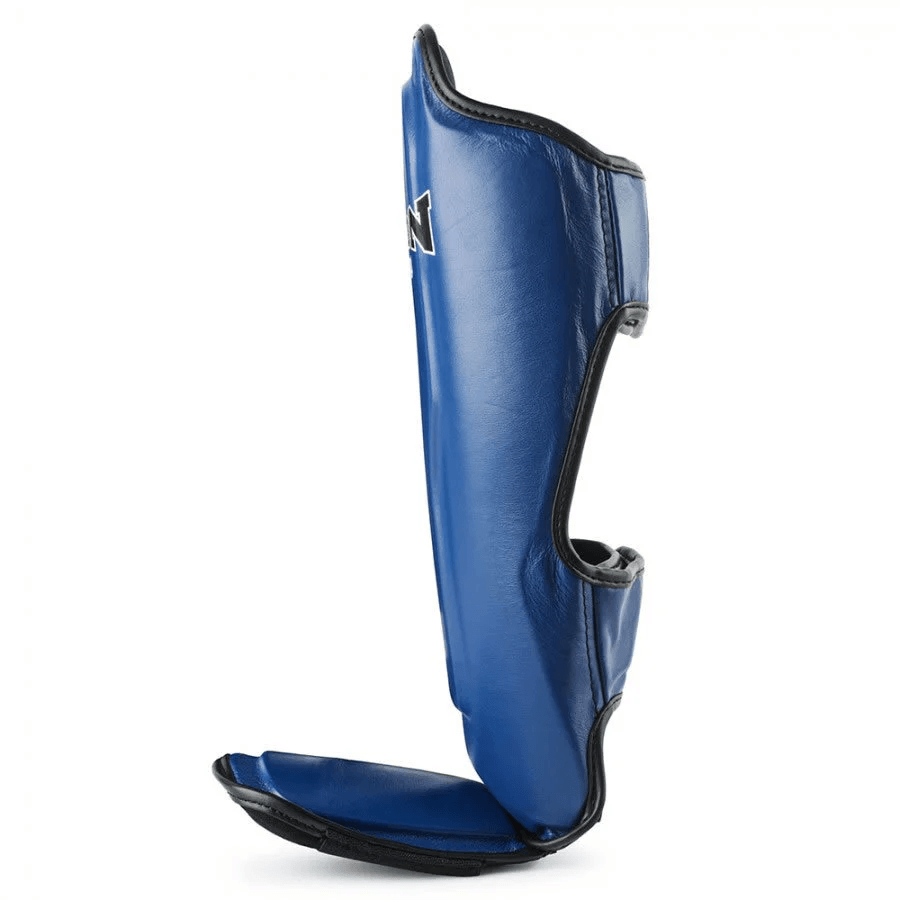Vary pace and power
Working on the punching bag and Thai pads is the best place to unleash all your power and speed without causing your training partners damage (although pad people can still get hurt). Our natural inclination to maximise training pushes us to work to near exhaustion and leave it all in the gym. However, that's not necessarily the best way to learn and it's not always as satisfying the longer you've been training. Varying the pace and power of your strikes on the punching bag and pads can help you develop better control and technique, leading to more consistent learning and improvement in your Muay Thai skills.
Consider your pace and power as variables that influence the ways you can absorb knowledge and learn new things. For example, striking with full power helps you judge your stamina and see how much damage you're likely to inflict based on how much the bag/pad person moves. In addition, striking and moving at full pace helps you assess the speed you can throw combinations and get back to guard after throwing strikes. Incorporating variations in pace and power also helps train muscle memory, a crucial aspect of Muay Thai training.
On the flip side, slowing your pace and reducing power enables you to break down your strikes & movements into “steps” which can be analysed and optimised individually, thereby improving the overall result. As such, you can identify small areas of weakness which need tweaking to make a significant overall gain. For example, this approach is great for improving your rotations and foot placement when striking or developing your guard when striking.

Switch stances
Learning how to throw strikes effectively and move smoothly in both stances (orthodox & southpaw) is an important aspect in building a well-rounded Muay Thai game. It can be a tough, slow process to learn, and you'll often find that certain strikes or motions that you're used to in your normal stance don't work as well in the opposite stance. The learning process can be awkward too and put quite a strain on you mentally. That's why many people only resort to switching stances in very specific circumstances, for example if their front leg is heavily damaged or they see their opponent cannot handle your aggression in your opposite stance.
Therefore, there's advantages to being comfortable in both stances. A great time to build your effectiveness in the opposite stance is when you've hit a “wall” and are becoming bored or complacent. You can do so for a whole training session or specific parts, e.g. bag work, pad work or sparring.
What's important is to resist the temptation to reverting back to your normal stance. You can end up getting incredibly frustrated with yourself, but do not revert back. Stick to it and avoid developing bad habits. The frustration is a consequence of your discomfort and the fact that you may be getting strikes/techniques/movement wrong. That's no problem as it's no different to how you were in your normal stance when you first started training Muay Thai.
Instead, embrace it. Think about your approach before turning up to training and commit to using the opposite stance for a set period. Ask for advice from your coach and those that are naturally comfortable with the opposite stance to your own. You'll soon become engrossed in the learning process and proud of your developments.
Try different styles
It can take a while of training before you find your preferred Muay Thai style, however, once you find it, you shouldn't become complacent. That's not to say you shouldn't build on your strengths. You absolutely should as focusing on your strengths often provides greater returns than trying to build up your weaknesses. However, for the sake of learning and getting through a “wall”, you can try different styles, including those focused on self defense, to mix things up and continue your consistent learning.
For example, if you're used to being conservative and capitalising on your opponent's moves and mistakes with heavy counters, switch it up. Instead, be light on your feet, constantly move and pepper your opponent with high-volume, lower power strikes from all angles. Or, if you're used to ending all your combinations with a low-kick, replace it with a different strike (e.g. a jab or a knee).
Don't just switch styles for one sparring round or a single pad-work session, do it for a prolonged period. This enables you to actually learn more about your new approach and diversify your game. Furthermore, if you just do it once off, you won't make any progress overall as you'll simply revert back to what you know and are comfortable with. Another way to diversify your Muay Thai training is by incorporating shadow boxing into your warm-up routine. This will help you practice your rhythm and cadence, which are crucial for an actual match. Aim to shadow box for three rounds at three minutes each, and if possible, do it in front of a mirror to check your form.
Get ideas from your peers and coach on different styles or techniques which you can apply to mix things up and then persist with them until you become comfortable. Thereafter, rinse and repeat with something new.

Rotate partners
Avoid getting complacent by rotating training partners and learning how to adapt your approaches according to the skill level and experience of your partner – both in pad work and sparring. While there are many benefits to sticking with the same partner – not least by getting comfortable and pushing one another to achieve - diversification helps build perspective and identify new areas for improvement and/or adaption, whether it be in the way you strike, move or even hold pads. This also allows you to have a variety of sparring partners, as different partners can offer different challenges and help you improve in different areas.
Avoid rotating every session as each time you'll have to get “used to” one another and the time spent doing so is better utilised elsewhere. Instead, have 3 or 4 different partners that you work with on set training sessions in a week/month. Co-ordinate with them on what you both would like to focus on and do so every time. That way you will have a set of partners that you're comfortable with and who you trust, yet each has a different focus or approach which diversifies and strengthens your overall game.
Force yourself out of your comfort zone
You'll have various techniques and habits which you're comfortable with and which you practice consistently, maybe without you even realising. Try to identify these as these are key components of your comfort zone. In order to develop and diversify your knowledge, you'll need to get out of your comfort zone. Therefore, you need to switch up or dial down some techniques and habits (this can be a temporary approach to force yourself out of the comfort zone. You can then reapply them alongside your new knowledge once you feel you've broken through the “wall”).
For example, if you consistently throw and rely on a specific technique, stop yourself from throwing that technique for a while. Instead, replace it with something entirely new or something that needs improving. This will initially be uncomfortable but it's in that discomfort that your learning will accelerate.
Alternatively, you could try spar with only those people who you struggle with or who make you feel uncomfortable. That's not to say you should spar with the biggest and hardest hitters, as the risk/reward ratio can be too high for what you're trying to achieve here. Instead, spar with those whose normal stance is opposite to yours, or those whose rhythm you find difficult to grasp. To protect yourself during these challenging sparring sessions, it is crucial to have the right equipment, including 16 oz gloves, high quality shin guards and a well fitted mouthguard.
Finally, even something as simple as not drinking any water throughout a session can force you out of your comfort zone and get you thinking about your stamina more intensely. As a result, you may find new approaches or ways to be offensive & defensive which use less energy.
